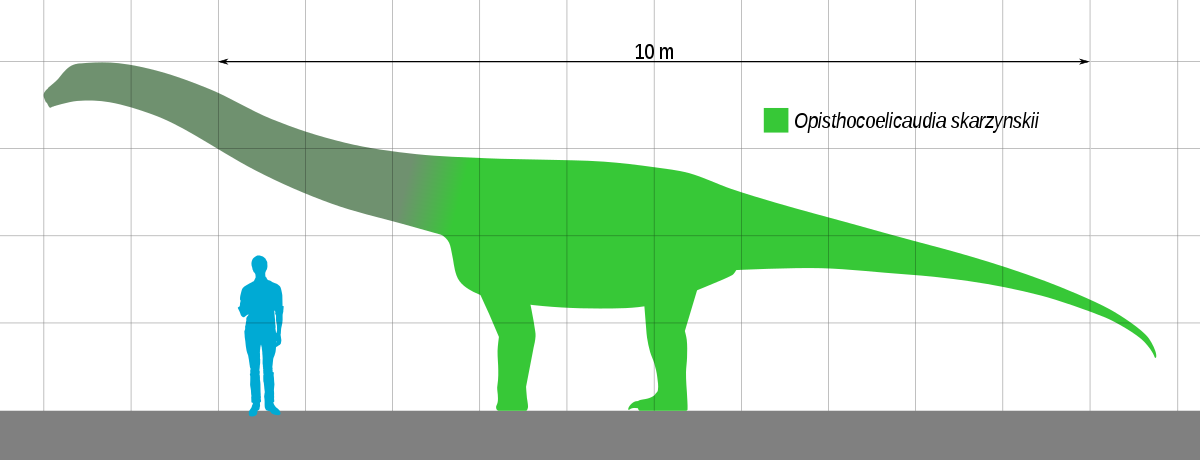When Nathan Enriquez discovered he would be travelling to Mongolia to dig up the only known fossil of a 70-million-year-old dinosaur it was a dream come true.
The University of New England PhD candidate spent three weeks in the remote Gobi Desert in Mongolia, retrieving the remains of the long-necked Nemegtosaurus that roamed the landscape during the Cretaceous period.
![Prehistoric Planet 2 [2023] - Nemegtosaurus Screen Time - YouTube](https://i.ytimg.com/vi/tZxPNGgbbm8/maxresdefault.jpg)
The Gobi Desert is the largest reservoir of dinosaur fossils in the world, with fossils and bones scattered throughout its towering cliffs and rolling dunes.
“We were picking up really nice bones from a variety of different animals just by walking from our camp … pieces of what are called Tarbosaurus. It’s like a cousin to T-rex,” Mr Enriquez said.
“To actually be in this sort of area, looking for bones, is a totally new experience, especially if you’ve never been in a desert like this before, because it really is the classic sort of desert.”
The tooth of a Tarbosaurus, a relative of the Tyrannosaurus rex.(Supplied: Nathan Enriquez)
Rare bones
Only one Nemegtosaurus skeleton has ever been found by a Polish team who uncovered a skull in the 1970s.
Mr Enriquez’s team managed to excavate the dinosaur’s ankle, shin, calf and toe bones.
This Nemegtosaurus leg bone is expect to be about 70 million years old.(Supplied: Nathan Enriquez)
“This animal would have been about 13 metres long, and when it is embedded in a cliff face, it’s a lot of work to get that material out,” he said.
“The skull is usually prioritised as the most scientifically useful piece of the puzzle, so originally, they took the skull and didn’t really care too much about the rest of the skeleton.”

One and the same
The bones have been taken to the Mongolian Palaeontology Centre, where they will be studied over the coming years.
UNE Associate Professor Phil Bell said the bones could help answer if Nemegtosaurus was the same species as another long-necked dinosaur found in the Gobi Desert.
The team believes most of the skeleton can remain buried within the cliffs of the Gobi Desert.(Supplied)
“There is another species with the tricky name Opisthocoelicaudia, that was named based on the back end of a skeleton,” Dr Bell said.
“We just need those overlapping bones in the skeleton in order to test that [they are the same dinosaur].”
The Gobi Desert is a wonder to behold, but a challenge to access.(Supplied: University on New England)
“We’ve got new areas in our sights for this year, but no doubt, down the track, we’ll return to where Nemegtosaurus is just to check it out again”
Plans are in place for more digs in the Gobi Desert later this year.(Supplied: Nathan Enriquez)
Mr Enriquez says he never thought growing up he would have the opportunity to dig up dinosaur bones.(Supplied)
Mr Enriquez says there are many opportunities for palaeontologists.(Supplied: University on New England)
He encourages anyone dreaming of a career in palaeontology to stay committed and the opportunities would come.
“I had these thoughts as a kid, and I never thought it would actually come true,” he said.